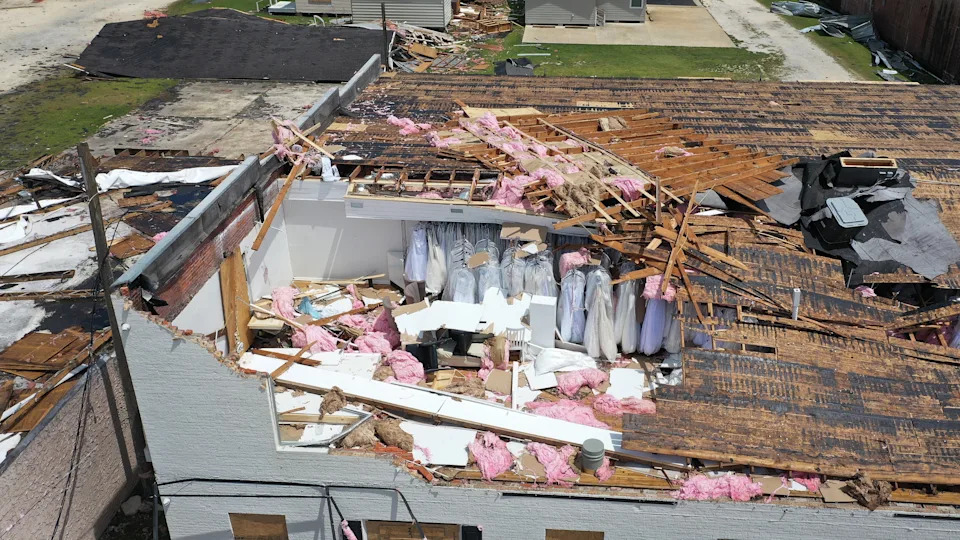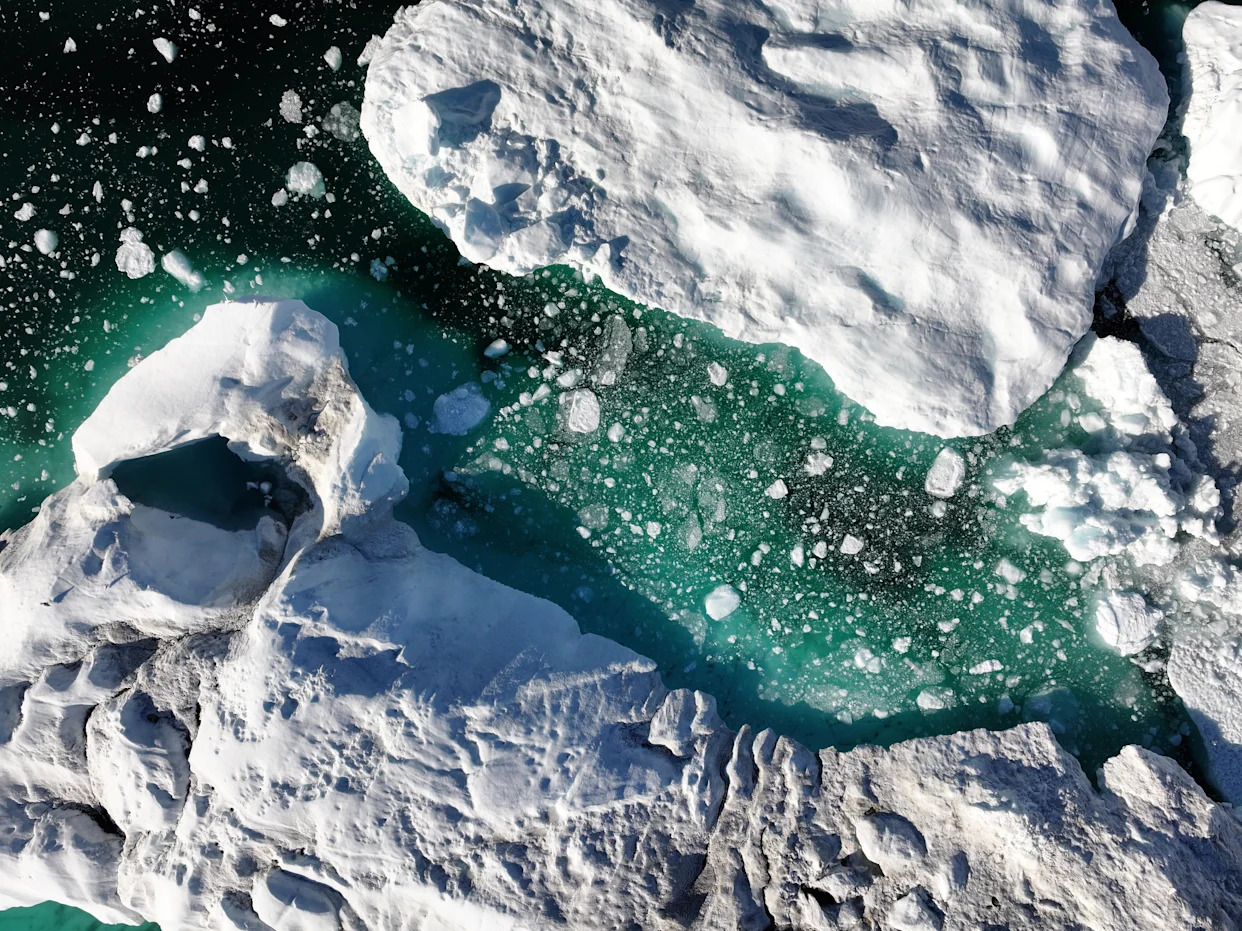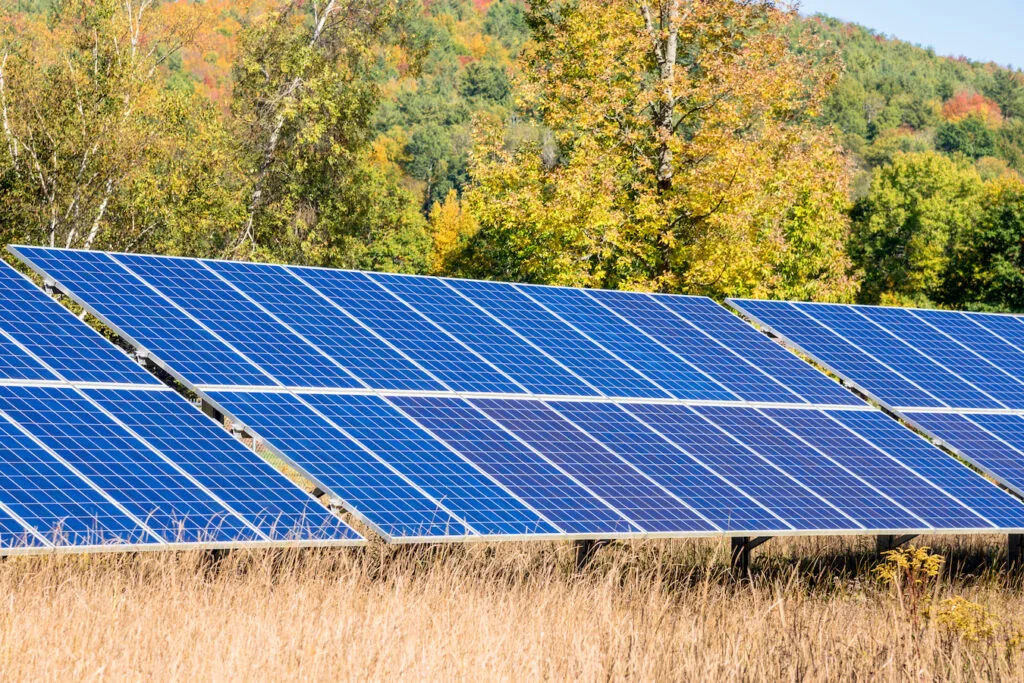While we're looking back at the anniversary of Hurricane Katrina this week, many other destructive hurricanes have hammered the U.S. during the last two weeks of August.
On Aug. 27, 2020, five years ago today, Hurricane Laura pummeled western Louisiana with prolific storm surge and destructive winds.
Laura's center roared ashore near Cameron, Louisiana, at Category 4 intensity with maximum sustained winds of 150 mph, a tie for the strongest Louisiana landfall by wind speed on record.
Storm surge from 12 to 18 feet above ground wiped homes from their foundations in Cameron Parish near the towns of Creole and Grand Chenier.
Wind gusts up to 133 mph produced widespread wind damage in Lake Charles and gusts up to 115 mph penetrated 95 miles inland, according to the National Weather Service. These winds knocked out power to 568,000 customers in Louisiana and Texas, destroyed the electrical grid across southwest Louisiana and even destroyed the NWS-Lake Charles Doppler radar.
Laura's winds killed five from falling trees, and another two from rip currents. Incredibly, no deaths occurred from Laura's catastrophic storm surge, one of the highest on record in Louisiana.
But 34 deaths occurred in the aftermath of Laura — 16 from carbon monoxide poisoning resulting from the use of generators in poorly ventilated areas to provide backup electricity.
Laura's total damage adjusted for inflation of $28.1 billion lands it among the top 20 costliest U.S. tropical cyclones on record, according to NOAA.
This could have been even worse. According to an analysis from the National Hurricane Center's Storm Surge Unit, a track just 20 miles farther west would have sent a 5- to 10-foot higher surge up the Calcasieu River into Lake Charles.
As it was, the NWS-Lake Charles office evacuated its staff before the hurricane and that office would remain vacant for about a month after the storm. Four other nearby NWS offices provided backup support while the office was closed.

Jonathan Erdman is a senior meteorologist at weather.com and has been covering national and international weather since 1996. Extreme and bizarre weather are his favorite topics. Reach out to him on Bluesky, X (formerly Twitter) and Facebook.








Comments